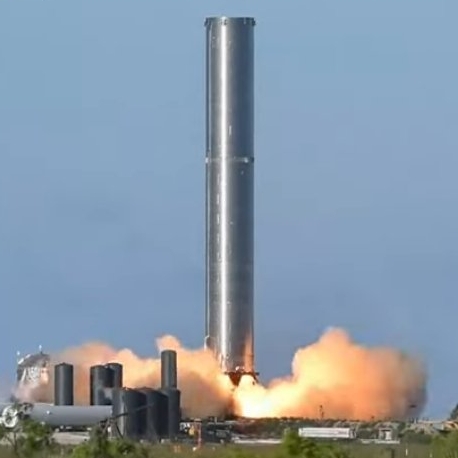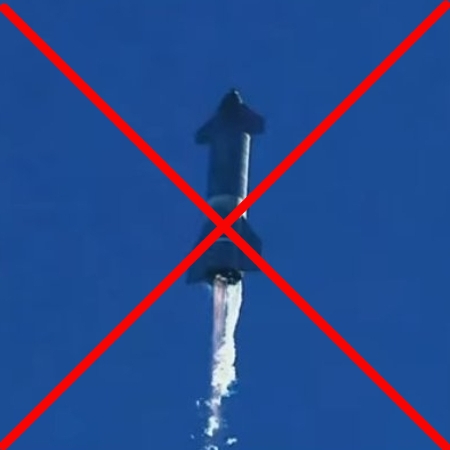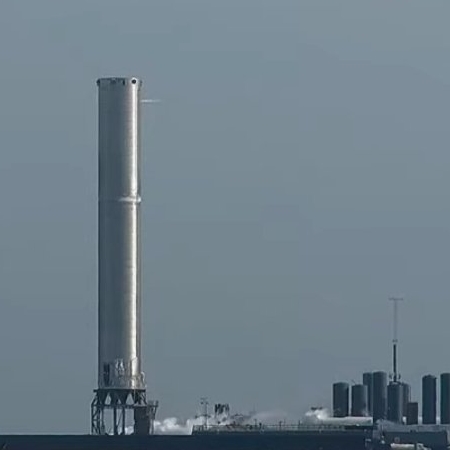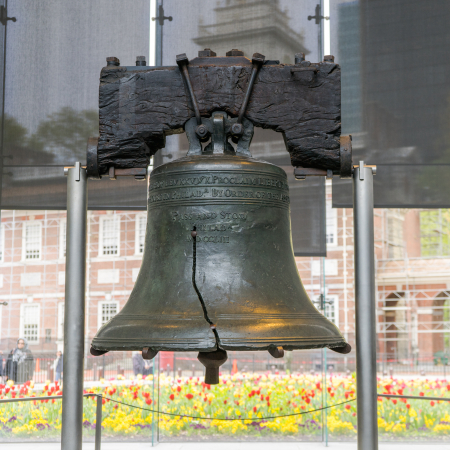United Kingdom passes comprehensive spaceflight regulations
Capitalism in space: As required by the Outer Space Treaty as well as to lay a framework for commercial and private space launches from within the United Kingsom, the UK this week passed new comprehensive spaceflight regulations that appear modeled closely after already existing regulations in the United States.
From the government’s press release:
The legislation provides the framework to regulate the UK space industry and enable launches to take place from British soil for the very first time. It will unlock a potential £4 billion of market opportunities over the next decade, creating thousands of jobs and benefiting communities right across the UK.
This also puts the UK in a unique position as the first country in Europe able to launch spacecraft and satellites from home soil. This could lead to better monitoring of climate change, as well as improved data for satellite navigation systems, improving journeys right here on the ground, too.
The full law can be read here. It is long, so I have not reviewed it entirely, but it does seem to be closely modeled after several U.S. laws, including the 2004 Space Amendments Act that presently guides FAA regulation and licensing of commercial space launches. The UK even gave its own Civil Aviation Authority (CAA) the same job the FAA has in the U.S.
Capitalism in space: As required by the Outer Space Treaty as well as to lay a framework for commercial and private space launches from within the United Kingsom, the UK this week passed new comprehensive spaceflight regulations that appear modeled closely after already existing regulations in the United States.
From the government’s press release:
The legislation provides the framework to regulate the UK space industry and enable launches to take place from British soil for the very first time. It will unlock a potential £4 billion of market opportunities over the next decade, creating thousands of jobs and benefiting communities right across the UK.
This also puts the UK in a unique position as the first country in Europe able to launch spacecraft and satellites from home soil. This could lead to better monitoring of climate change, as well as improved data for satellite navigation systems, improving journeys right here on the ground, too.
The full law can be read here. It is long, so I have not reviewed it entirely, but it does seem to be closely modeled after several U.S. laws, including the 2004 Space Amendments Act that presently guides FAA regulation and licensing of commercial space launches. The UK even gave its own Civil Aviation Authority (CAA) the same job the FAA has in the U.S.





